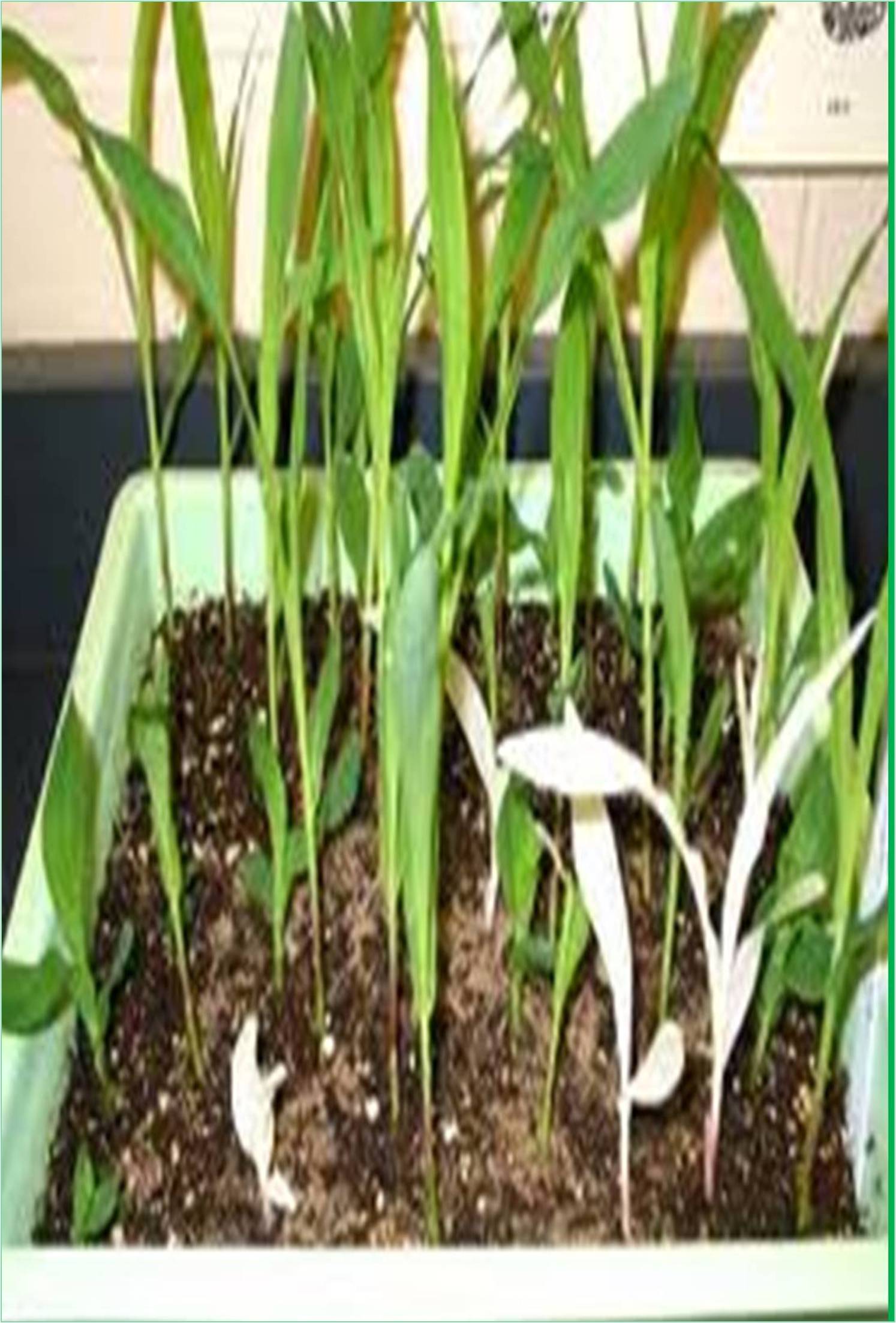



Received: 01-Dec-2022, Manuscript No. GJPBG-22-82878; Editor assigned: 05-Dec-2022, Pre QC No. GJPBG-22-82878 (PQ); Reviewed: 26-Dec-2022, QC No. GJPBG-22-82878; Revised: 02-Jan-2023, Manuscript No. GJPBG-22-82878 (R); Published: 09-Jan-2023, DOI: 10.15651/2449-0598.23.09.015
Planning future directions and adaptive strategies requires regular evaluation of research effort. Research hotspots were identified using keywords, effective research titles, and journal sources mapped across a five-decade period as we looked at trends and research activity on seed development of underused crops. Data combined from Web of Science and Scopus databases, imported in bibliometric R-package and VOS viewer’s software tools, and were used to do this. According to our findings, the number of articles and citations on seed enhancement of underused crops related to seed genetic diversity, seed conservation, and food security grew annually by 13.7%. The results of studies or relevant research from the United Kingdom, India, USA, and China were among the most frequently mentioned studies or studies. The scholars from India, the United Kingdom, Italy, Malaysia, and the United States had the strongest co-authorship ties, while the most frequently referenced African nations were Benin, Ghana, and South Africa. Genetic Resources and Crop Evolution, which had a g-index of 14, was the journal source that received the most citations in the area. Diverse genetic resources, nutritional value, seed enhancement, genetic analysis tools, and the SUC farming system are some of the study topics that are now popular. The primary subjects in SUC research nowadays include genetic resources, variety, conservation, and studies pertaining to genetic instruments. With an emphasis on qualitative investigations, suitable methodological processes, and cutting-edge breeding resources that might help understand and encourage seed development of underutilized crops, the SUC area still requires more international research collaboration and financing. The underused crops are beneficial plant species that researchers, breeders, and politicians either completely ignore or push to the sidelines. They are non-commodity crops that are a part of a vast, biodiverse community that includes thousands of domesticated, semi-domesticated, or wild species. Four staple crops maize, wheat, rice, and soybeans-produce around 70% of the world's calories. The rise in staple crop production over the past century can be linked to proper knowledge of the application of cutting-edge instruments and management approaches in genetic control of the crops' agronomic features.
Similar efforts can produce exceptional yields from underutilized crops (more than 6000 species), which have the potential to significantly increase food production, be climate change resistant, have rich nutritional compositions, have a high capacity to reduce pest and disease infestation, and have the potential to improve agricultural sustainability. With knowledge-based improvement management systems that enhance its seed improvement, these potentials might be realized. However, research on these crops hasn't done much to better the seeds, and their priceless genetic resources are depleting quickly. Compared to staple crops, information on seed genetic analysis of underused crops is not as easily accessible. When compared to ignore vegetables, cereals, and oil crops, there are few researches on the substantial ongoing efforts to expand crop genetic resources through creative breeding approaches for nutritional quality and production of leguminous underutilized crops. Seed quality is one of the main constraints restricting the production of underused crops, according to the scant recording of indigenous knowledge on seed augmentation and genetic diversity, seed characterization using microsatellite markers, seed quality, and seed conservation. A comprehensive strategy to improve the seed by addressing the seed system must be adopted in order to prevent total genetic loss among neglected agricultural genetic resources for future sustainable exploitation and food security. As a result, provide local and smallholder farmers with high-quality seed. Underutilized crops must have improved seeds in terms of genetic, physiological, enhancement, and physical qualities in order to realize their full potential. If the germplasm is not protected and thoroughly defined, the enormous diversity that exists among underutilized crops is in danger of disappearing. Most germplasm collections are not fully optimized, which results in most underused crops lacking proper genetic characterization. They are primarily preserved on farms, infrequently found in ex situ collections, and have minimal documentation that is publicly accessible for research and development plans for specific agroecologies. The collection of information like this at many locations will aid in the preservation of crop genetic resources.